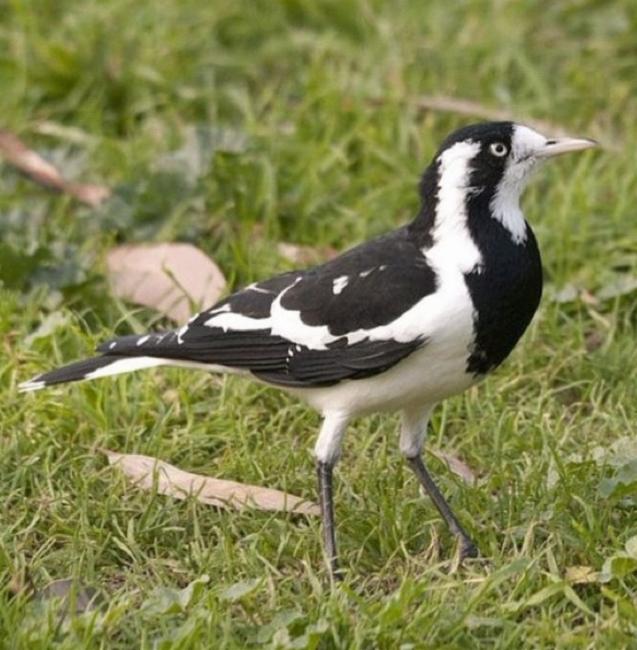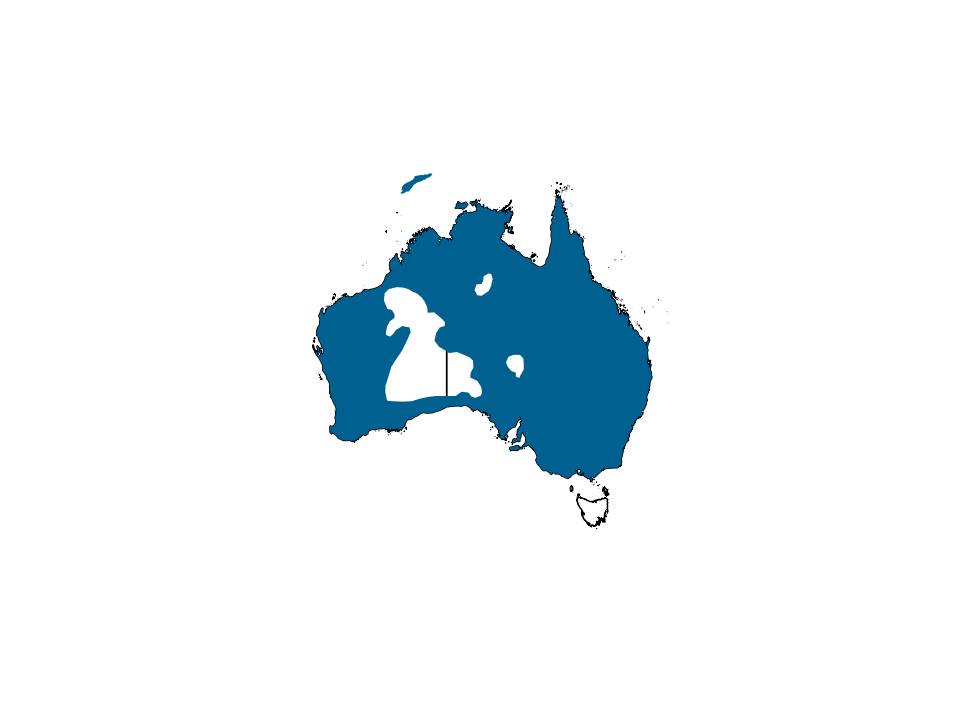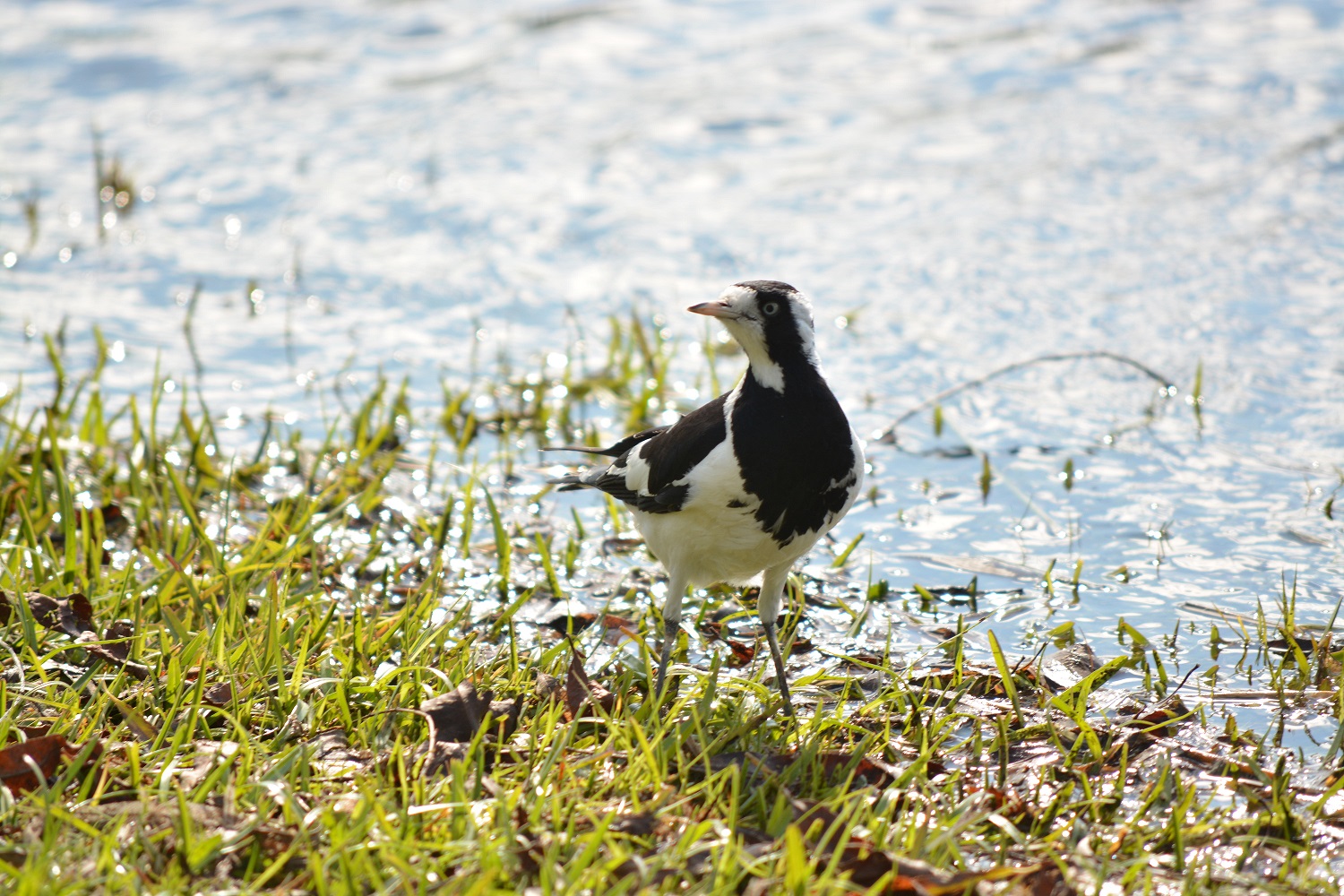Size
24 – 30 cm long
Behaviour
Call
A ringing ‘pee-o-wit’ or ‘pee-wee’, often sung by two birds together, with each bird lifting its wings after calling. Its call has given rise to the vernacular name of Peewee.
Diet
Mostly invertebrates, usually insects and spiders, but occasionally also other small animals. They usually forage in pairs but very occasionally feed in small flocks.
Movement
Largely sedentary, and any movements are usually local in nature, with non-breeding birds sometimes forming mobile nomadic flocks. In northern Australia there may be movement by some birds to the coast in the dry season, and returning during the wet.
Breeding
Both sexes build the bowl-shaped nest from wet mud and then line it with feathers and grass. Between 3 and 5 eggs are laid, and are incubated by both parents for 14–19 days. Both parents care for the young and if conditions are favourable, more than one brood can be reared in a year.
Field Guide
Improve your identification skills. Download your Magpie-Lark field guide here!





